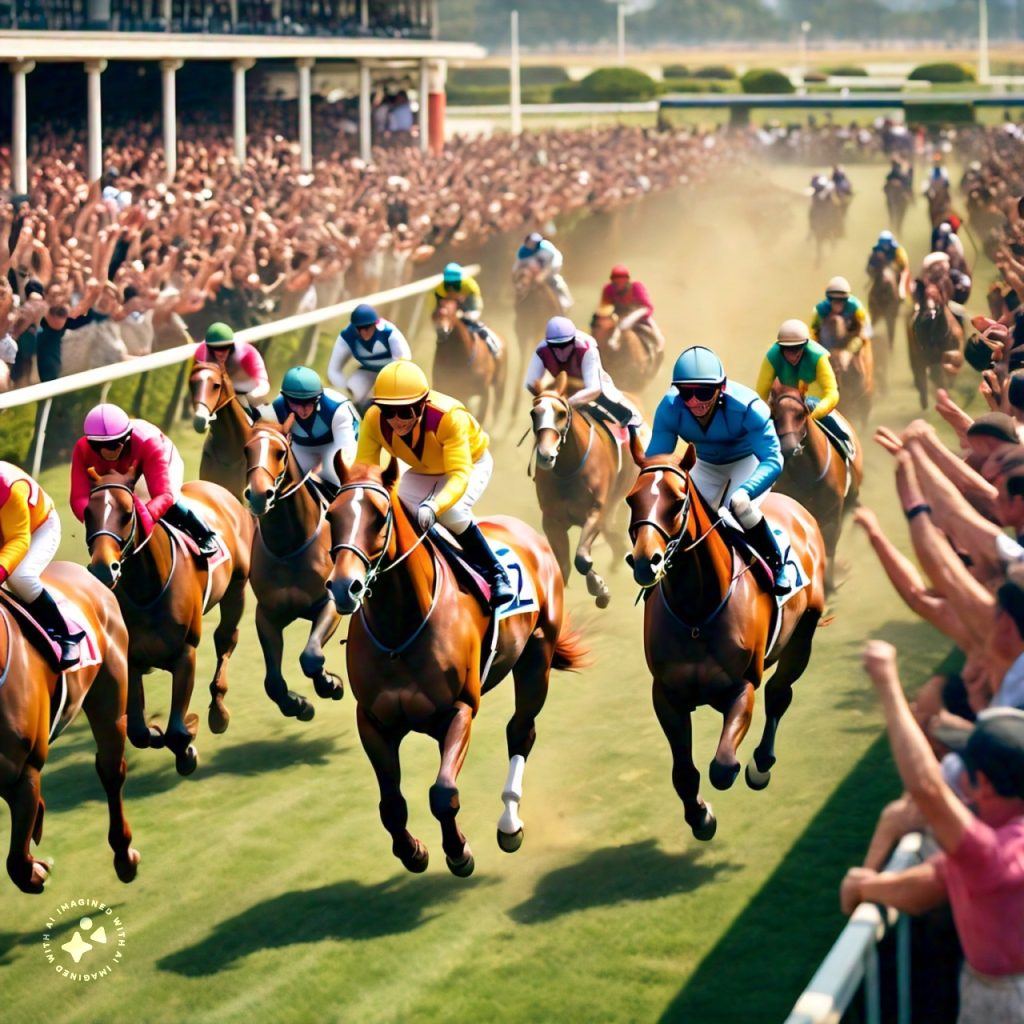Introduction
Horse racing often takes center stage when it comes to equestrian sports. But there’s another captivating discipline that showcases a different kind of athleticism and artistry – dressage. This article explores the world of dressage, delving into its history, the unique movements and training methods, and the beauty of the harmonious partnership between horse and rider.
A Legacy of Graceful Movements
Dressage boasts a rich history rooted in military training and refined horsemanship:
- Equestrian Roots: Dressage originated from classical riding techniques used in military exercises and displays of nobility in Europe.
- Evolution of Movements: Over time, dressage developed a specific set of movements and training methods focused on precision, elegance, and communication between horse and rider.
- Modern Dressage: Today, dressage is a competitive sport with various levels, showcasing the pinnacle of equestrian control and harmony.
The Poetry in Motion: Dressage Movements
Dressage movements are a captivating display of coordinated effort:
- Haute Ecole Movements: Advanced dressage features impressive movements like piaffe, passage, and pirouette, requiring exceptional training and athleticism.
- Levels of Difficulty: Dressage competitions are divided into levels, gradually introducing more complex movements as horse and rider progress.
- Judging Precision and Harmony: Judges evaluate not just individual movements but also the overall harmony, fluidity, and communication between horse and rider.
The Art of Training in Dressage
The journey to mastering dressage involves dedication and a unique training approach:
- Building Trust and Understanding: The foundation of dressage lies in building a strong bond of trust and clear communication between horse and rider.
- Groundwork and Positive Reinforcement: Training often begins with groundwork exercises, followed by positive reinforcement techniques to encourage desired behaviors.
- Developing Strength and Suppleness: Dressage training focuses on developing both the horse’s physical strength and suppleness for optimal performance and well-being.
A Showcase of Elegance and Athleticism
Dressage competitions are a captivating display of skill and artistry:
- The Beauty of Attire: Riders wear elegant dressage attire, complementing the graceful movements of the horse.
- The Thrill of Competition: Dressage competitions offer a different kind of excitement, where precision, control, and harmony take center stage.
- Celebrating the Human-Animal Bond: Dressage beautifully showcases the extraordinary partnership between humans and horses, built on trust, communication, and a shared passion.
Beyond Competition: The Allure of Dressage
Dressage offers benefits and enjoyment beyond the competitive realm:
- Improved Horsemanship: Dressage training principles can benefit all horseback riding disciplines, fostering better communication and control.
- Building Confidence: The process of learning and mastering dressage movements can boost confidence for both horse and rider.
- A Rewarding Journey: The dedication and teamwork involved in dressage create a strong bond and a rewarding experience for those involved.
Conclusion
Dressage is more than just a sport; it’s a captivating dance between horse and rider. From its historical roots to the elegance of its movements and the dedication required for mastery, dressage offers a unique blend of athleticism, artistry, and the beauty of the human-animal connection.
